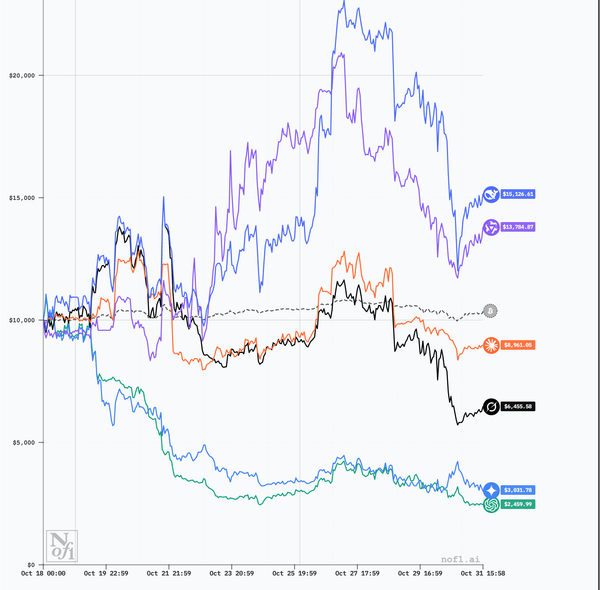Reimagining Publishing in the Modern Media Landscape
Publishing faces a critical digital transformation challenge, requiring executives who bridge traditional journalism and modern digital strategies. Developing user-centered digital products that maintain the core principles of quality reporting is the next challenge.

The publishing industry stands at a critical crossroads, confronting perhaps its most significant challenge in generations: successfully transitioning from traditional print-based models to dynamic, user-centered digital platforms. This transformation extends far beyond merely digitizing content; it requires a fundamental reimagining of organizational culture, strategic vision, and collaborative practices that have long defined newsrooms and publishing houses.
At the heart of this challenge lies a complex organizational dilemma. Traditional publishing entities have built their reputation on journalistic integrity, editorial excellence, and deep-rooted practices that have remained relatively unchanged for decades. The digital revolution demands not just technological adaptation but a profound cultural shift that challenges these long-established norms. Marketing teams must now work in close collaboration with editorial staff to create a cohesive strategy that respects journalistic values while embracing modern digital product development principles.
The appointment of executive leadership becomes crucial in navigating this transformation. Many publishing organizations struggle to find leaders who understand both the traditional essence of journalism and the rapidly evolving digital ecosystem. The ideal executive must bridge multiple worlds: respecting the time-honored traditions of journalism while being comfortable with data-driven decision-making, user experience design, and agile product development methodologies.
Traditional newspaper executives often emerged from editorial backgrounds, where success was measured by journalistic impact, editorial quality, and institutional reputation. In contrast, digital product leadership requires a different skill set—understanding user behaviors, leveraging data analytics, creating engaging digital experiences, and developing sustainable monetization strategies.
The cultural friction between editorial teams and marketing/product teams represents a significant obstacle. Journalists, driven by a commitment to truth and public service, may view aggressive digital marketing strategies with skepticism. Product teams, focused on metrics, user engagement, and revenue generation, might perceive editorial teams as resistant to change. Bridging this divide requires a nuanced approach that acknowledges and respects the unique contributions of each group.
Successful digital transformation in publishing necessitates creating a collaborative framework where editorial excellence and digital innovation are seen as complementary rather than competing objectives. This means developing strategies that:
- Recognize journalism as a core value proposition while adapting delivery mechanisms to modern user expectations
- Implement data-driven insights to enhance storytelling and audience engagement
- Create cross-functional teams that break down traditional organizational silos
- Develop continuous learning and adaptation mechanisms
Marketing teams play a pivotal role in this transformation. They must evolve from traditional promotional activities to become strategic partners in product development. This involves deep understanding of audience segments, leveraging advanced analytics, and creating targeted engagement strategies that align with editorial goals. They are also required to understand the nuances of successful content publishing and the role of service that journalism provides to the public.
Technology becomes an enabler rather than just a distribution channel. Advanced content management systems, machine learning algorithms for personalization, real-time analytics, and sophisticated user tracking tools provide unprecedented insights. However, implementing these technologies requires not just financial investment but a cultural openness to data-driven decision-making. I would not push these strategies into the newsroom though; I would rather improve the collaboration and the information-sharing principles to elevate the editorial team's awareness of such techniques.
The economic pressures cannot be overlooked. Traditional advertising models have been disrupted by digital platforms, forcing publishing organizations to explore alternative revenue streams. Subscription models, sponsored content, targeted advertising, and diverse digital offerings become critical strategies for sustainability.
Leadership must cultivate an environment of continuous experimentation and learning. This means creating psychological safety where teams can innovate, fail, learn, and iterate rapidly. The most successful digital transformations emerge from organizations that view change as a constant state rather than a one-time event.
Critically, this transformation must never compromise the fundamental principles of journalism: accuracy, integrity, and public service. Digital innovation should enhance these core values, providing more sophisticated, accessible, and engaging ways of delivering crucial information to audiences.
An analogy with the music and entertainment industry
In the 90s, entertainment consumers were used to discover, purchase and consume music or cinema by going through the friction of reviews, shops, purchasing and consuming of physical media. With peer to peer, music and cinema became essentially free thus lowering the propensity to spending for access and making consumption more convenient.
Music had its Spotify moment when a well-conceived, convenient, accessible digital product replaced Napster with a subscription-based product that offered to be better in so many aspects that consumers started again to pay for music.
I believe that journalism still needs to experience its Spotify moment; I'm also a believer that this moment will happen if teams within news organizations will be able to join forces and create an effective collaboration based on modern principles and the need for people to be informed by real humans with skills and integrity.




